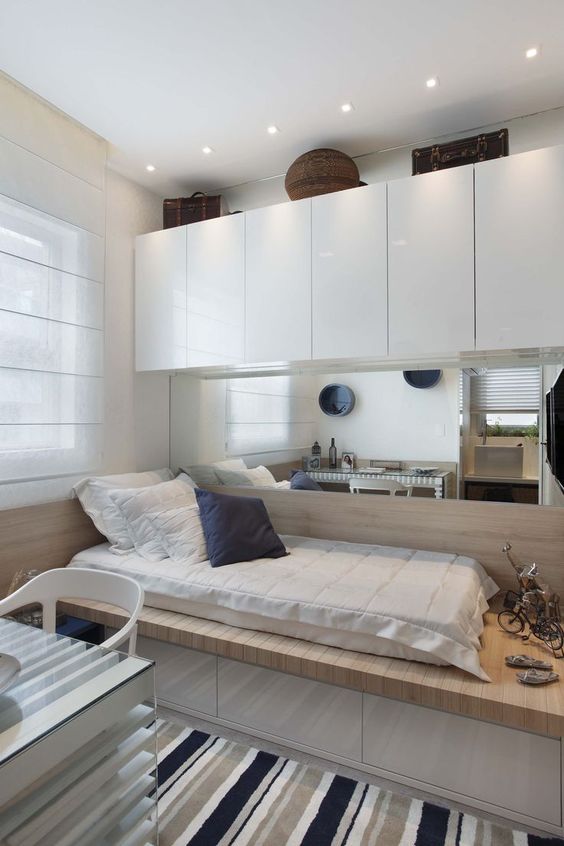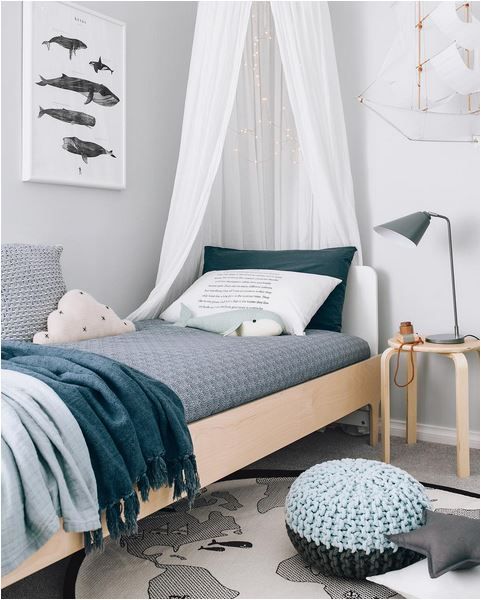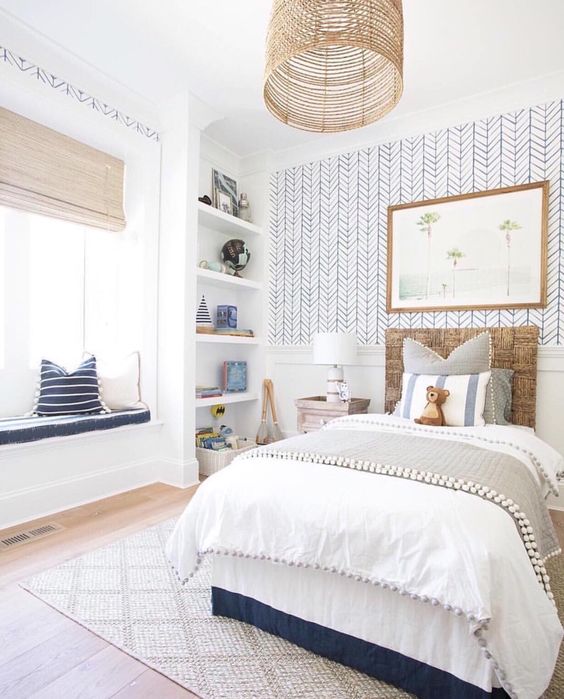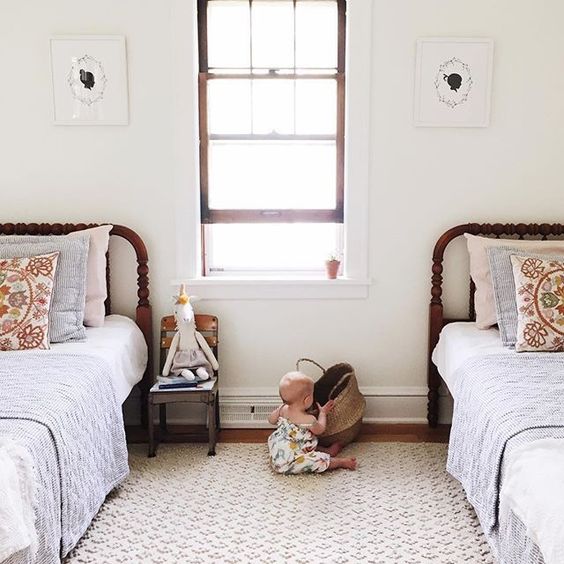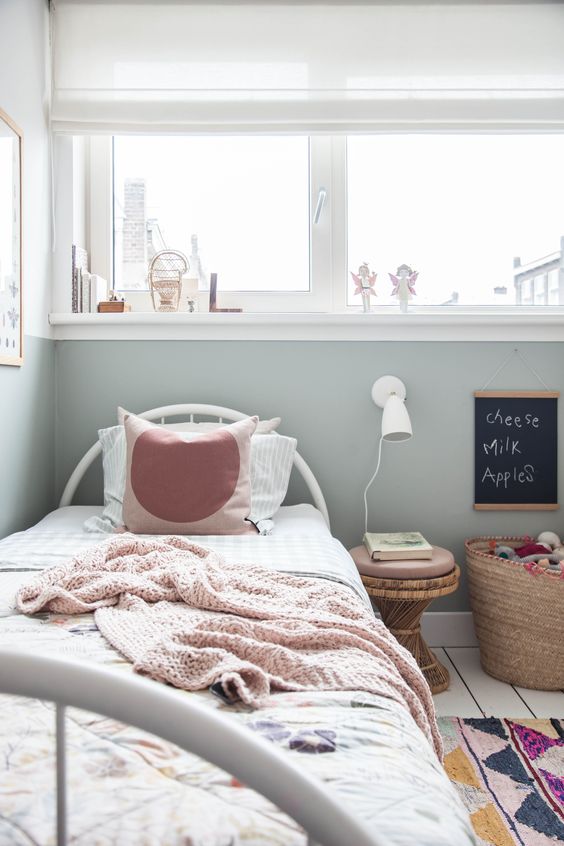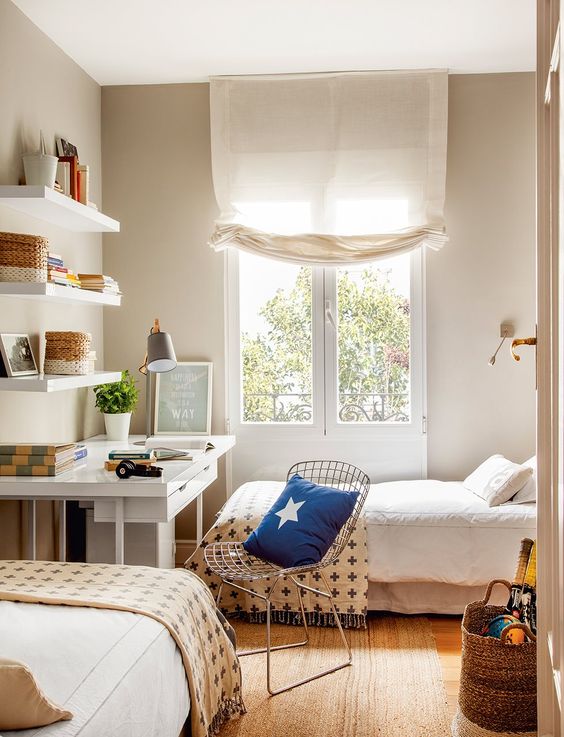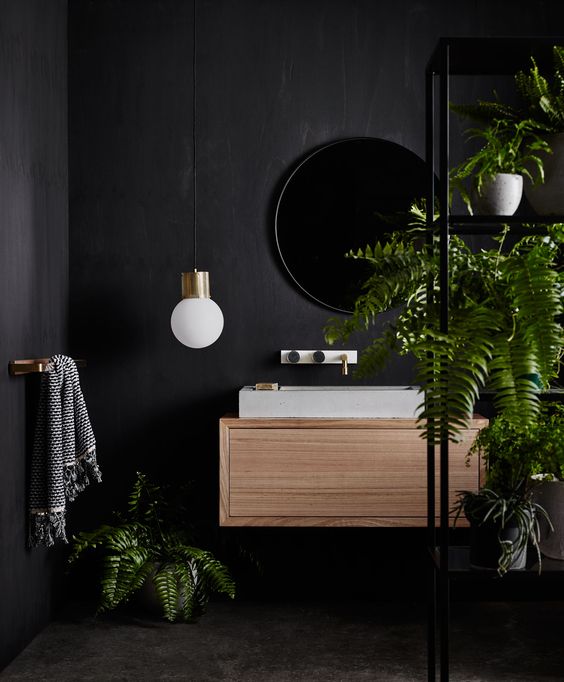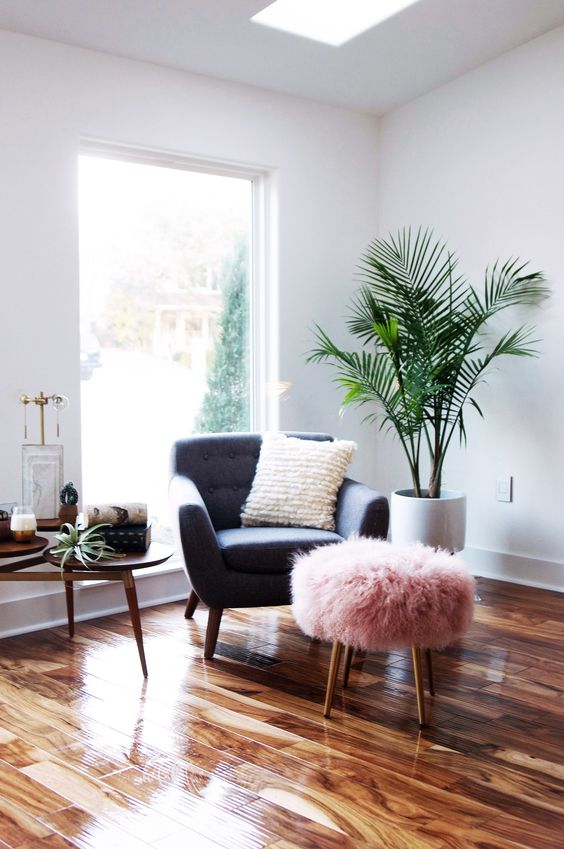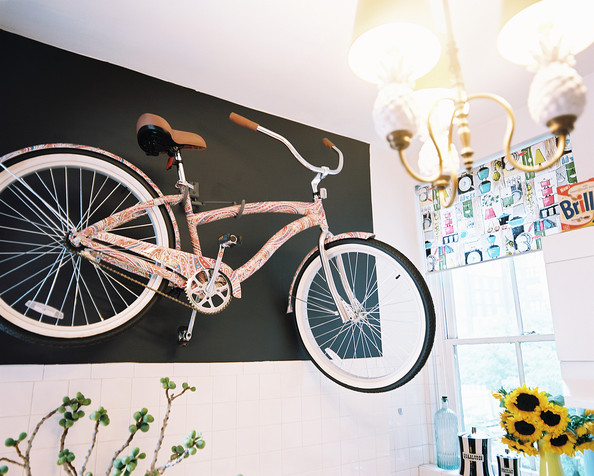How to Design a Calming Bedroom for Your Child
Your kid’s environment has a direct impact their quality of life. This is why a calming and soothing bedroom can benefit your child in more ways than one. In this article, we’re going to give you a few tips on how to design a calming bedroom for your child that will be conducive to optimal sleep.
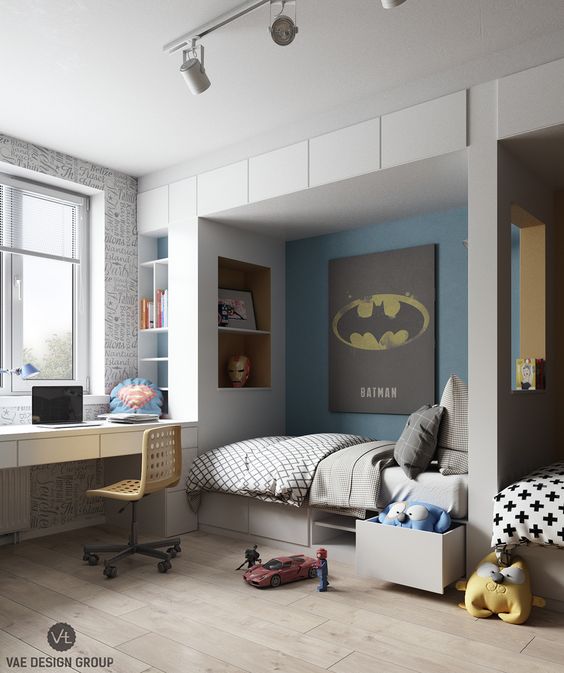
The Right Lighting
First, have night lights that gently illuminate the room without being so bright they trigger the processes the body associates with morning and wakefulness. You want a dim, diffuse light that is enough to let a child get out of bed to pick up a dropped toy or go to the bathroom without needing to turn on an overhead light.
You also need to put covers over the window that prevents car headlights from flooding a room, if this is an issue for your home.
The general lights should be full-spectrum lights, not fluorescent bulbs that interfere with sleep patterns the same way staring at a computer screen an hour before bed prevents you from sleeping.
Ban Screens from the Bedroom
One of the best ways to improve quality of sleep is to take the TV out of the bedroom. Then the bright flashing lights don’t hardwire their brains to stay awake for another hour or three and you eliminate the noise that can disturb sleep.
You also need to regulate their access to other screens that have the same effect, such as smartphones, tablets, and laptop computers. A side benefit of requiring “screens” to be outside of their bedroom is that it is easier to supervise what media your children consume on these devices.
Limit Stimuli
One way to make a bedroom easier to sleep in is to limit external stimuli. No, you don’t have to remove all the toys. But you can remove all the busy patterns off the walls and put up calming patterns instead. This will also help your kid during the day if he’s dealing with issues like a speech impediment. Using something like Stutteringdoctor.com’s speech correction courses is one thing, but if the environment is too stimulating, this could actually exacerbate their condition.
You can keep the room cozy by leaving them their stuffed animals and pillows. You should also separate the bed and its accouterments from the child’s desk and play space. Now they associate their bedroom with sleep instead of a place to play.
Noise Control
You may want to make the bedroom more conducive to sleep by checking the noise level and then reducing it. Check for noises that may be annoyances like radiators that whistle when they kick in, branches that bang on windows or animals that like to congregate near the child’s bedroom. If traffic noises are unavoidable, you can put soft rugs on the floors and heavy drapes to help dampen how the sound echoes through the room.
If you want to make your child’s room as cozy as possible, follow the few tips in this article. A room that is conducive to sleep will benefit your child in all areas of life, may it be learning, activity or mood regulation.

